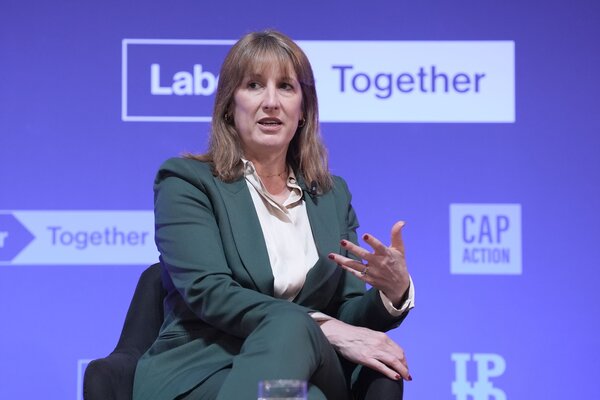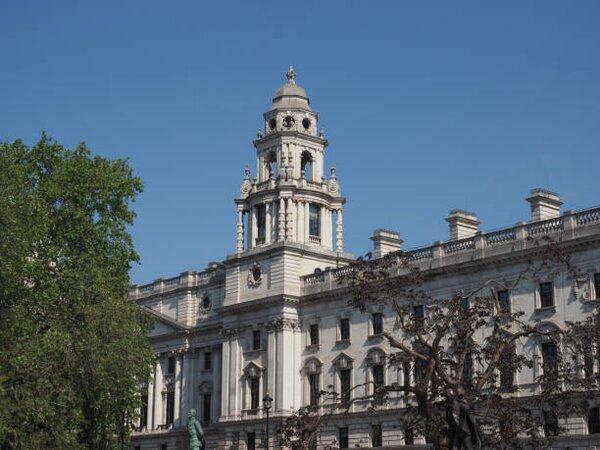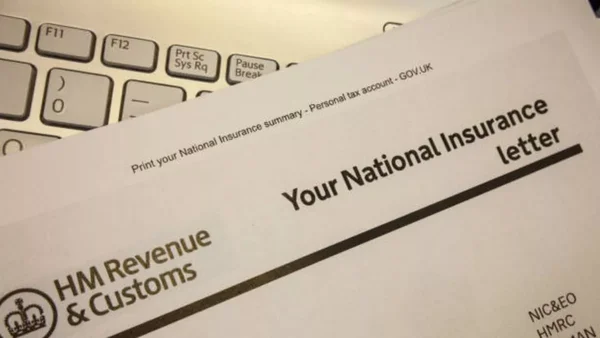Let’s Break This Down Together...
Worried about how your pension income is taxed or unsure what your personal allowance really means in retirement? Many pensioners find the rules a little confusing.
In this article, we’ll explain how the personal allowance works for pensioners, how your State Pension and private pensions are taxed, and what happens if your income goes over certain thresholds. We’ll also cover savings interest, gifting money, and the situations where you might lose part or all of your allowance.
By the end, you’ll know how to avoid paying more tax than you need and how to make the most of your allowances. Let’s dive in and make sense of it together.
How does personal allowance work for pensioners?
The personal allowance for pensioners works exactly the same as for everyone else – currently £12,570 per tax year, which is the tax free personal allowance for the 2025/26 tax year. This is the amount of income you can receive before paying any income tax. When you get a pension, whether from the state or a private provider, it counts towards your personal allowance.
In the past, there used to be higher age-related personal allowances for those over 65 or 75. However, these were phased out in 2013 when the standard personal allowance was increased, and now your entitlement is based on your income and whether you have reached state pension age.
Your State Pension, private pensions, and any other income all count towards this £12,570 threshold. Once your total income exceeds this amount, you’ll start paying tax on the excess.
This personal allowance is different from the 25% tax-free lump sum you might take from your pension pot. That’s an entirely separate tax benefit.
How is pension income taxed?
Your State Pension is taxable, but it’s paid without any tax being deducted. If your total income exceeds your personal allowance, you’ll need to pay tax on the excess, and income tax rates will apply to the taxable portion.
Most private and workplace pensions have tax deducted automatically at source through the PAYE system. The pension provider acts as if they’re your employer for tax purposes.
If you receive multiple pensions, HMRC will usually allocate your personal allowance against one of them. The others might be taxed at the basic rate until your tax position is sorted.
For example, if your total pension income is £15,000 and the personal allowance is £12,570, you would pay income tax on £2,430. How much tax you pay depends on the current income tax rates and thresholds.
Sometimes this system doesn’t work perfectly, and you might pay too much or too little tax initially. HMRC will usually sort this out, but it’s good to check your tax code.

Low Income and Tax: What If You Earn Less?
If your total annual income is below the personal allowance threshold, you won’t have to pay income tax at all. This is especially relevant for pensioners with low income, as your pension and any other income sources are added together to determine your total income for the tax year. If your income remains under £12,570, you can enjoy your pension and other earnings tax-free.
For those on a low income, there may also be additional support available. Pension Credit is a benefit designed to top up the income of pensioners who are struggling to make ends meet. If you qualify, Pension Credit can increase your weekly income and may also entitle you to other benefits, such as help with council tax or heating bills. It’s important to check your eligibility for Pension Credit and other benefits, as they can make a real difference to your finances and help reduce your tax bill.
Paying Tax on Savings as a Pensioner
Many pensioners have savings that earn interest, and it’s important to understand how this interest is taxed. The good news is that most people can earn some savings interest tax-free, thanks to the Personal Savings Allowance.
The amount of tax-free savings interest you can receive depends on your total income and the income tax band you fall into. For basic rate taxpayers, the allowance is £1,000 per year, while higher rate taxpayers can earn up to £500 in savings interest tax-free. If your total income, including your pension and any other earnings, keeps you within the basic rate band, you can enjoy more of your savings interest without paying tax.
This allowance is in addition to your standard personal allowance, so it’s worth keeping track of your savings interest to make sure you’re not paying more tax than necessary.

Tax Implications of Gifting Money
Gifting money to family or friends is a common way for pensioners to help loved ones, but it’s important to be aware of the tax implications. Generally, you won’t pay income tax on money you give as a gift, and the recipient doesn’t have to pay tax on it either.
However, larger gifts may have implications for inheritance tax if you pass away within seven years of making the gift. There are annual exemptions and small gift allowances that let you give away certain amounts each year without affecting your inheritance tax position. Keeping records of any significant gifts you make can help your family avoid complications later on.
If you’re considering making substantial gifts, it’s a good idea to seek advice to ensure you’re making the most of available allowances and not creating an unexpected tax bill for yourself or your loved ones.
When might pensioners lose personal allowance?
If your total income exceeds £100,000, your personal allowance starts to reduce. For every £2 over this threshold, you lose £1 of allowance. Your total annual income adds up from all sources, including salary, pension withdrawals, property rentals, and investments, which can affect how much of your personal allowance is reduced.
By the time your income reaches £125,140, your personal allowance is gone completely. This can catch out pensioners who take large withdrawals from their pension pots. There is also an administrative cost to HMRC in collecting tax from pensioners with high incomes, especially when dealing with multiple income sources.
A one-off large withdrawal might push your income over £100,000 for that tax year. Other income sources like property rentals or investments count towards this threshold too.
Careful planning of pension withdrawals across different tax years can help maintain your personal allowance. If your personal allowance is reduced or eliminated, you may need to consider how much income tax you will pay on your total income, as the loss of allowance increases your taxable amount. This approach can significantly reduce your overall tax bill.

Final Thoughts
Understanding your personal allowance is key to managing your pension tax efficiently. Despite the simpler system with one standard allowance, many pensioners still pay more tax than necessary.
Regular reviews of your tax position can help you spot opportunities to save. This is especially important if your income changes or you're planning large pension withdrawals.
Remember that tax rules change regularly, so staying informed is important. The most recent Spring Budget didn't change the personal allowance, but future changes are always possible.
Simplifying personal allowance for pensioners' Tax
We know that tax shouldn’t be a headache during your retirement years when you should be enjoying life. That’s why PIE also offers tailored guidance for pensioners on how different pension withdrawals could affect your tax bill.
Our team can flag potential tax savings that are often overlooked, such as Marriage Allowance or ways to time pension withdrawals more efficiently.
We’re building tools with retirees in mind, making complex pension tax rules easier to understand and manage. Curious to see how PIE can support you with pension tax planning? Get in touch with us today.
Quick and Easy Guide to Add Pension Contributions
Follow these steps to add pension contributions in the Pie app
Open the Pie Tax App and find the 'Quick Add' button in the middle of the navigation bar.Click 'Quick Add' in the Navigation Bar

After clicking 'Quick Add', select 'Add tax relief' from the screen to open the options menu.Select 'Add tax relief'













